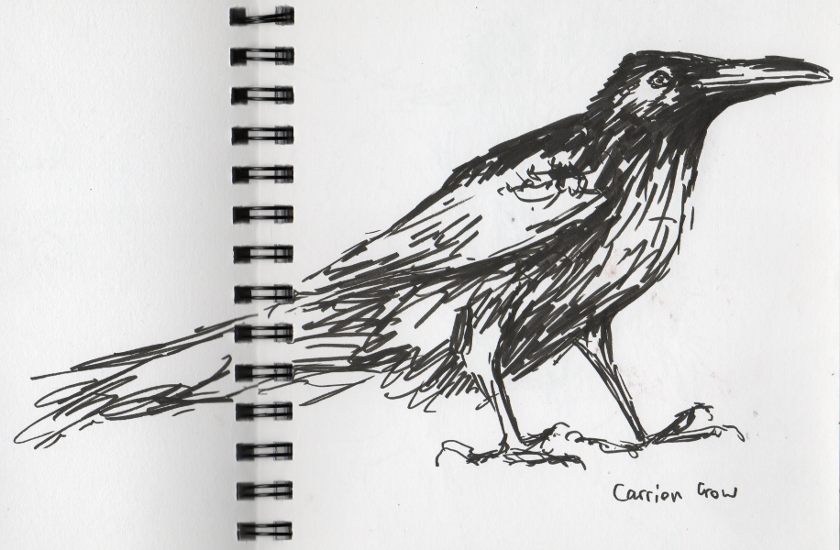
I fell in love with Susanna Clarke’s ‘Jonathan Strange and Mr Norrell’ about a decade ago, I suppose. A copy was handed to me reverently by a friend who told me, ‘I think this is the next ‘Harry Potter’!’. The book was indeed received with the wildest rapture by an enthusiastic portion of the reading public. Looking at online reviews now, though, I see that it’s not for everyone. I imagine that if you don’t read pre-twentieth-century literature you might find it hard going. Otherwise, it’s basically Jane Austen with fairies, so…what’s not to like?
The rest of the world discovered Jonathan Strange et al last year, when the BBC TV adaptation came out. It was satisfyingly atmospheric and Childermass, Arabella and Jonathan Strange himself were wonderfully portrayed. Some of the magic looked brilliant on screen (Strange’s sand horses come to mind) but I was a little less convinced by the fairies. Perhaps this is because the evocative language used to describe the fairies and their realm in the book simply cannot be translated into something as definite as a filmed image, without losing most of its mystery. How, for instance, can the costume department create “a gown the colour of storms, shadows, and rain and a necklace of broken promises and regrets”? The fairies in Clarke’s novel are just beyond the reach of our imaginations; but fairies on screen are seen, revealed, defined, pinned down; and so, I think, inherently less magical.
The fairies were one of the aspects of the novel I thought was exceptionally interesting (besides the humour, the totally convincing magical Regency world, the characters and the intricate footnotes…). Susanna Clarke’s fairies are so ‘other,’ so much more fairylike than other fictional fairies. In comparison there is something rather disappointing about Tolkien’s elves – which are basically nobler, better-looking humans – or Cicely Mary Barker’s Flower Fairies, which are diminutive, dressed-up kindergarteners. Clarke’s fairies are wilder, much less comprehensible, far less rule-bound and, above all, far less human. They are the fairies of traditional English folk tales.
All of this is on my mind, because I have recently bought tickets for the Raven King’s Faery Ball, this October, in Glastonbury. I’ll be selling my artwork at the associated Faery Fayre that same weekend, so I’m planning to develop some artwork loosely inspired by Susanna Clarke’s novel and the folklore which informs it. (I’m feeling slightly daunted, because drawings and paintings of fairies share the drawbacks of TV adaptation – it is difficult to maintain mystery whilst visually portraying it!) I’m intending to research the Regency fashions which appear as part of the backdrop to the book – and which are adopted by some of the fairies; I think a sketching trip to Manchester Gallery of Costume might be in order. I also need to draw ravens and revisit some of my books of English fairy lore. I need to get busy…
